You’re on a covert mission. Armed with an arsenal of savvy marketing tools, it’s time to reveal the secrets your competitors are hoarding: the untold strategies of cross-channel marketing.
Cast away any notions of humdrum, single-platform campaigns. Picture an elite team of channels, each with its unique strengths and tactical skills, all collaborating towards one common goal: maximizing your brand’s reach and conversion. This is the essence of cross-channel marketing.
Ready to embark on this mission and outsmart your rivals? It’s time to zoom into the modus operandi of cross-channel marketing. Let’s decrypt these guarded strategies together. Welcome to the clandestine world of cross-channel marketing and ‘Integrated Marketing Communications’.
Getting Started with Cross-Channel Marketing
- Understand precisely what cross-channel marketing is
- Comprehend the importance it holds in today’s digital landscape
- Learn actionable steps to implement a cross-channel marketing strategy
- Identify and overcome potential challenges in the process
- Be informed about the future trends of cross-channel marketing
What is Cross-Channel Marketing?
Cross-channel marketing is a strategic approach that involves engaging with consumers across multiple channels, both online and offline. It’s about delivering a consistent and streamlined brand message across all these avenues, whether it’s via:
- Websites
- Social media
- Emails
- Traditional marketing methods
It gives your potential customers various touchpoints to interact with your brand, ultimately enhancing their customer journey. This concept is crucial for any marketer seeking to establish a robust and influential digital presence.
In today’s highly digital world, customers no longer connect with brands through a single medium. They bounce from one channel to another, expecting a seamless and consistent brand experience.
Cross-channel marketing meets this expectation by ensuring that businesses communicate consistently across all channels. This results in a better customer experience, higher conversion rates, and improved customer retention.
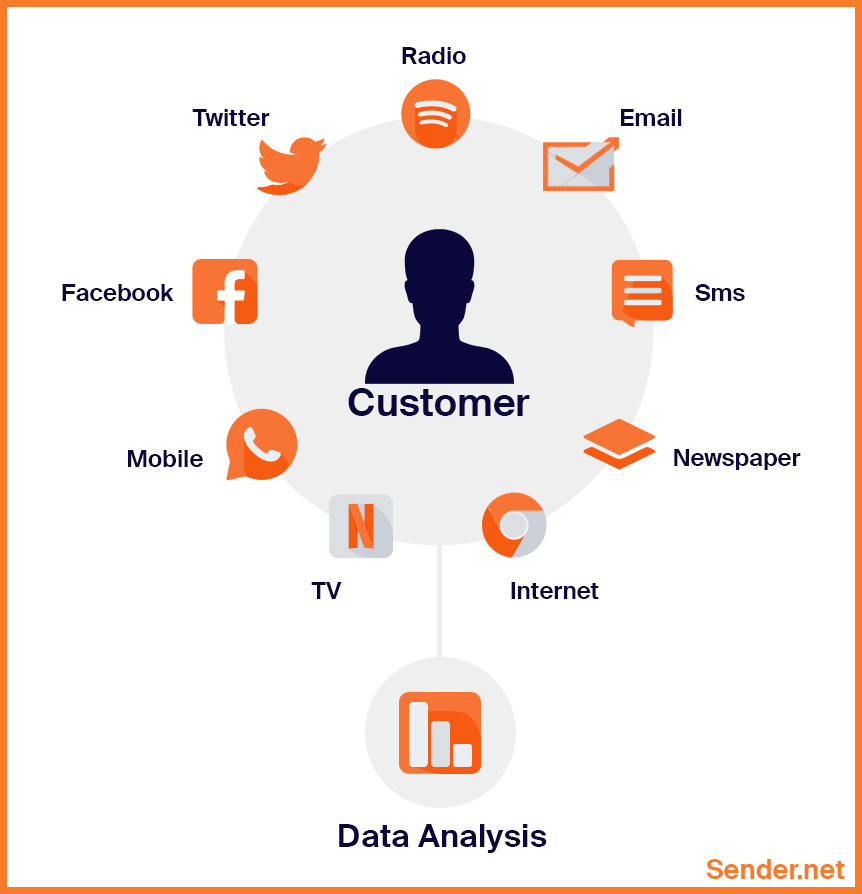
How to Implement a Cross-Channel Marketing Strategy
Cross-Channel Marketing isn’t a random process, quite the contrary. It involves several critical steps:
- Identify key marketing channels: Your brand doesn’t have to be present on all channels. Select the ones where your customers are the most active and start from there.
- Customer behavior: Understand your audience’s behavior on various platforms. Then personalize your marketing messages for better engagement.
- Consistent messaging: Ensure your brand message remains consistent over all the selected marketing channels for a seamless customer experience.
- Automation and integration: Leverage technology to automate repetitive tasks, and ensure all your platforms are integrated for a seamless flow of data.
- Monitor and optimize: Track your performance, study the data and continually refine your strategy for better results.
Unraveling the Cross-Channel Marketing Strategy
TL;DR:
- Grasping the fine details of your audience is a key starter.
- Choosing the right channels could catapult your marketing campaign success.
- Consistent messaging across all channels assures brand trust and recognition.
Understanding Your Audience
Investing time to know your audience and their inclinations returns as invaluable insight for your cross-channel marketing strategy. It’s like preparing a film script; you must have an understanding of your characters, i.e., audience, to develop a compelling plot, i.e., product/service.
Scanning the digital landscape serves as an efficient route to gather data on audience:
- Demographics
- Psychographic
- Behavior
Social media networks, website analytics, and customer surveys are gold mines for such information, while tools like Tableau and Zoho could provide a more granular level analysis.
Data about your audience can help sculpt your strategy in its infancy stages. With this knowledge, your marketing campaigns will reflect better targeting, personalize ad placements and lessen the risk of misplaced expenditure.

Choosing the Right Channels
Selection of appropriate channels should be in adjunct with:
- Behaviour of your target audience
- Where they spend their time
- What platforms they prefer
- Which mediums they trust
Navigating through a forest of options might appear convoluted, but adopting a test-and-learn approach, combined with tools like Mixpanel or Google Analytics, can simplify the process. This way, you’re not just choosing channels arbitrarily, but forming decisions rooted in empirical evidence.
Tailored Channel Selection; Amplified Reach
Handpicking the right channels based on research can enhance the reach of your campaign. Picture this scenario: if you’re trying to sell skateboards, but your campaign is focused heavily on LinkedIn, there’s a high chance your message will reach the wrong crowd. An appropriate channel like Instagram or TikTok would result in higher engagement and conversions.
These decisions should be based on clear and reliable metrics, rather than assumptions. Once you have gathered the right insights, create a buyer persona to visualize your audience and focus your efforts.
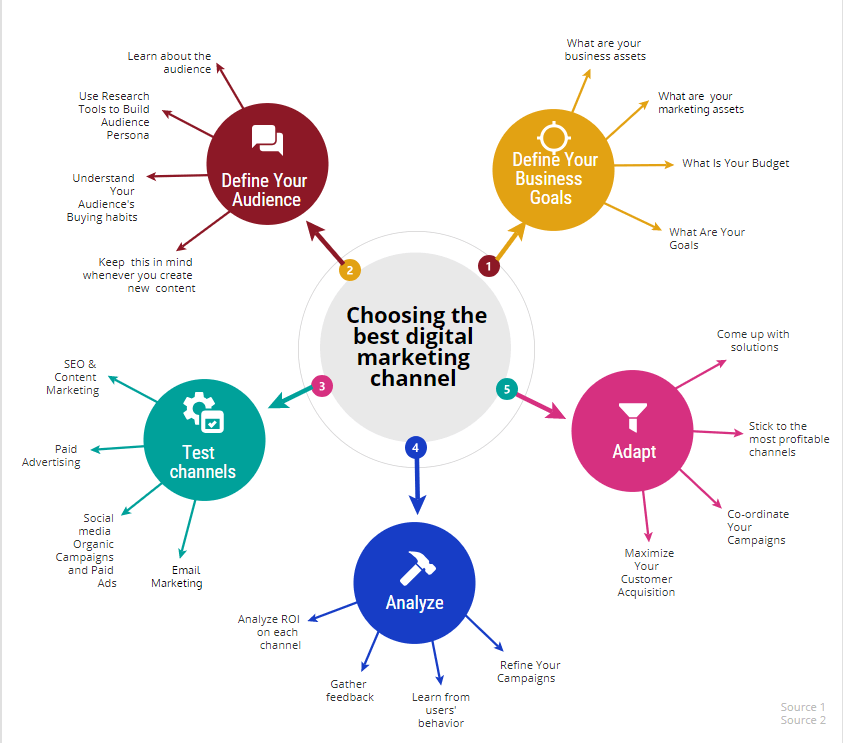
Creating Consistent Messaging
Constant communication is vital, but what’s even more crucial is maintaining coherence across all channels. A disarrayed messaging strategy can lead to brand confusion, distrust and eventually, customer churn.
Ways to ensure homogeneity in your messaging include creating a universal brand style guide, multiple layers of content approval, and using project management tools like Trello or Asana.
Strength in Consistency
Uninterrupted and congruent branding not only improves brand recall, but also fortifies customer trust. Imagine being exposed to different color schemes or logos every time you interact with a brand – perplexing, isn’t it? Consistency sews together your brand’s identity and forms trust with your audience.
Remember, your audience is spread across various channels; a well-executed unified messaging strategy will ensure they recognize your brand, no matter the platform.
With an understanding of your audience, choosing the right marketing channels and creating a consistent messaging strategy, your cross-channel marketing technique becomes significantly more potent. Remember, the devil is always in the details.

The Undeniable Benefits of Cross-Channel Marketing
- Enhanced customer experience
- Increased brand visibility
- Improved conversion rates
Enhanced Customer Experience
Cross-channel marketing is a powerhouse for boosting customer experience. Delivery of a seamless and personalized customer journey is the lynchpin to customer satisfaction and a core strategy of effective marketing.
The method connects the dots between disparate channels. This unified approach allows customers to move between channels effortlessly, providing a seamless interaction. Let’s not underestimate the importance of consistency; it creates a harmony that drives customer comfort and satisfaction.
Also, cross-channel marketing uses data gathered from each channel to tailor communication and offers to each customer’s:
- Behaviors
- Preferences
- Needs
Personalized engagement is a game-changer in customer experience. When customers feel recognized and valued, the magic happens – loyalty and advocacy.
Increased Brand Visibility
Stretching your brand across multiple channels with cross-channel marketing builds a stronger brand presence, an omnipresence if you will. It’s less about being loud and more about being present where your customers are.
The aim is not just random visibility but strategic and well-planned presence that aligns with your customer’s habits and preferences. This strategic visibility leads to increased brand awareness and recognition, resulting in more engaged potential buyers.
Also, it provides numerous touchpoints for your audience to interact with your brand. Each touchpoint presents an opportunity to convey your brand’s value proposition and reinforce your brand’s identity. Remember, every point of contact is a chance to create a lasting impression.
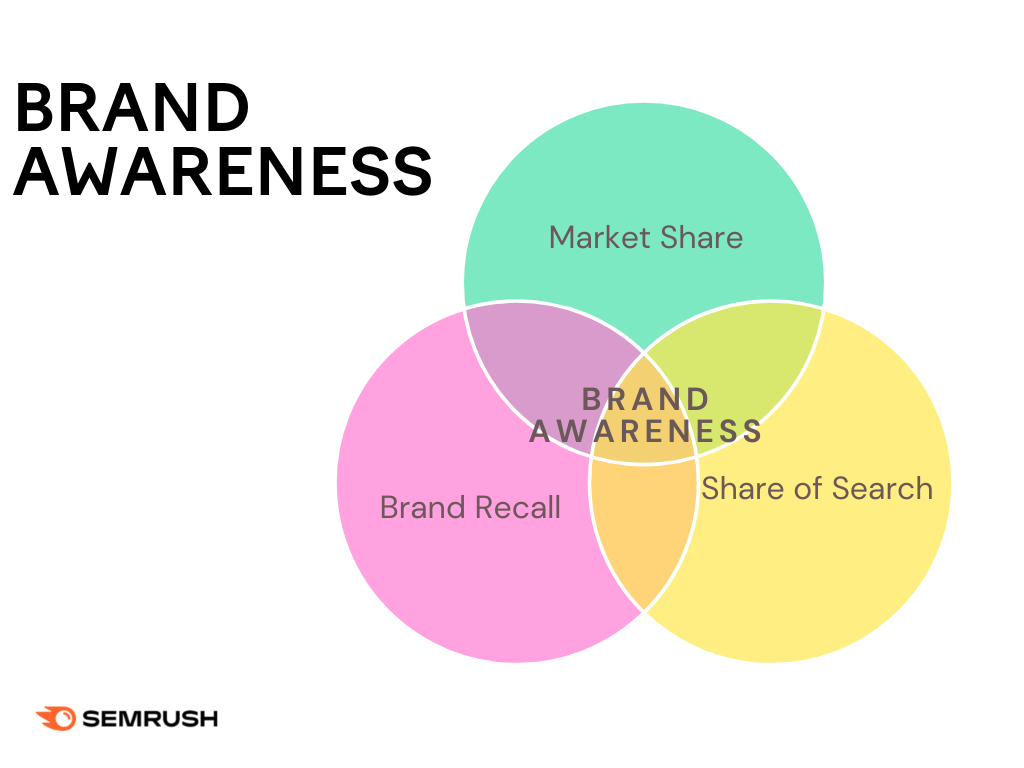
Improved Conversion Rates
When consistency meets personalization in communication, conversion rates are bound to rise. The beauty of cross-channel marketing is the ability to align the right message, on the right platform, at the right time.
Having a unified view across all channels allows your business to deliver well-timed, relevant communication that meets the customer exactly where they are at. This kind of tailored interaction drives customers further down the funnel, increasing potential conversion rates.
Visibility across all channels aids in mapping the buyer’s journey. Having a clearer view of the conversion path makes it easier to identify where customers are dropping off and strategize how to plug these leaks. In essence, cross-channel marketing provides the insights needed to streamline the conversion path and drive up conversion rates.

Essential Cross-Channel Marketing Tools
Why navigate the complex world of cross-channel marketing alone when there’s a wealth of tools out there? Get your hands on the functionality that delivers insight, automates processes, and boosts campaign performance. Here’s the lowdown:
- Explore effective tools that can ease your cross-channel marketing journey.
- Discover how these tools can empower your strategic execution, making your campaigns more efficient and result-oriented.
- Learn how these tools can offer you a competitive edge in the market.
Analytics and Reporting Tools
Understanding your audience’s behavior is the key to any successful marketing strategy. Analytics and reporting tools can track, monitor, and analyze user behavior across multiple channels. These tools can help you understand what type of content engages your audience the most, what times are the most active, and which channels they prefer.
Here’s a concise table comparing different analytics tools:
| Analytics Tools | Key Features | Ideal For |
|---|---|---|
| Google Analytics | Website traffic tracking, user behavior analysis, customization | Small to large businesses |
| Adobe Analytics | Advanced segmentation, real-time analytics, predictive analysis | Medium to large enterprises |
| Mixpanel | User engagement tracking, funnel analysis, retention analysis | Startups, mobile-centric companies |
| Piwik (Matomo) | Data ownership, privacy features, custom reporting | Privacy-conscious businesses |
Each tool offers unique features suited for different business sizes and needs. Let’s dive deeper into some of these tools.
Email Marketing Tools
Even in the era of social media, email remains a powerful channel for marketing. Effective email marketing tools ensure that you’re able to send personalized messages to the right audience at the right time.
- MailChimp: This is a popular email marketing tool that allows you to manage your email lists, design email templates, and automate email campaigns. It also integrates with other tools such as CRM and eCommerce platforms, enabling seamless cross-channel campaigns.
- HubSpot: This tool focuses on easy and beautiful designs aimed at conversion. The easy drag and drop editor means making on-brand, consistent emails super quick and easy. You can then schedule communications to match the buyer’s journey to guide them down the sales funnel.
- Brevo: Alongside easy-to-design templates and multiple solutions for building your email list, Brevo offers a deep analysis of each email, allowing you to track your multichannel marketing success.
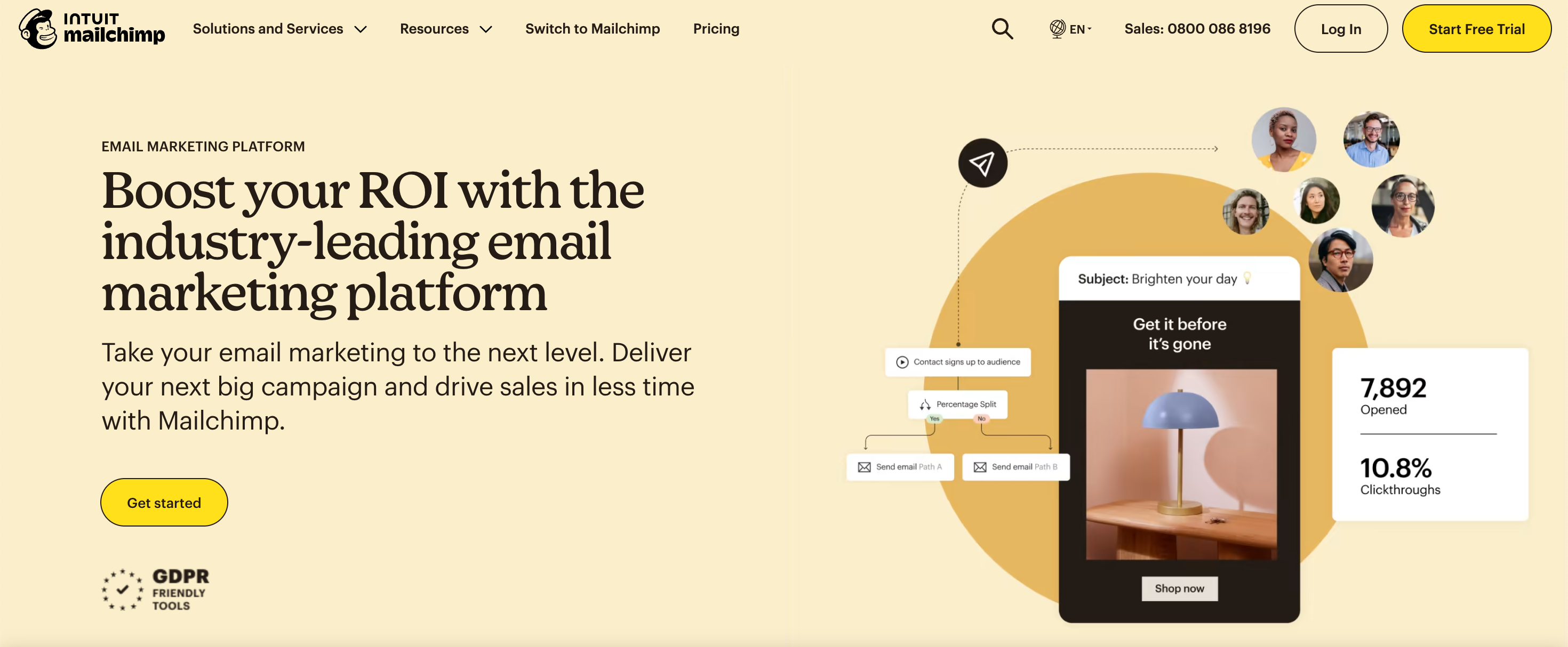
Social Media Management Tools
To maintain a strong online presence takes more than just posting frequently on social media. You also need to proactively listen, respond, and engage with your audience. Social media management tools help streamline these processes.
- Hootsuite: This time-saving tool that helps manage multiple social media accounts from one dashboard, schedule posts, and monitor responses.
- Buffer: This one-stop-shop tool for social media campaigns helps marketers publish and analyze posts as well as engage followers who are at different stages of the buyer journey.
- Sprout Social: Automation is key for an effective cross-channel campaign. Sprout Social aims to take on the hard work and automatically optimize every aspect of your social media marketing.
As you cast your net across multiple channels, these tools, from analytics to social media management, can be your invaluable allies. Gaining insight, planning, and executing campaigns becomes a smoother, more efficient process. Armed with these tools, you can truly harness the power of cross-channel marketing.

Inspiring Cross-Channel Marketing Examples
TL;DR:
- Real-life examples highlight the effectiveness of cross-channel marketing
- Comprehensive overview of different cross-channel marketing campaigns and their success
- Insight into practical application and benefits for businesses.
Starbucks’ Multi-channel Engagement
Starbucks is a leading brand in creating cohesive consumer experiences across various platforms. Through their reward program, they’ve seamlessly combined an in-store experience with their mobile app. Not only do customers earn points from buying beverages, but they also receive personalized offers based on their purchase history, effectively combining both loyalty and personalization marketing tactics.
Starbucks leveraged these data-rich insights to suggest new products to customers and offer them the option to order and pay through the app for in-use or delivery. The results have been significant, with the program driving up both customer commitment and purchase frequency.
ASOS’ Social Media Integration
As an online retail giant, ASOS relies heavily on digital channels to drive sales. They expertly integrate social media into their marketing strategy, leveraging platforms not only for advertising but also for direct sales, like:
Via Instagram Shopping, ASOS directs their followers straight from their Instagram feed to the product page on their website, drastically shortening the purchasing process. This strategy has allowed them to reach their fashion-savvy and social media active audience directly, leading to increased conversions.

Bank of America’s Omni-Channel Approach
Bank of America took customer service to a new level with their omni-channel experience, Erica. Erica is an AI-driven virtual assistant integrated into the Bank of America app. This service assists customers in making financial decisions, booking appointments, or conducting transactions.
The AI uses predictive analytics and cognitive messaging to pave the way for personalized banking, presenting offers or advice based on customers’ activity and behavior. Erica exemplifies a successful cross-channel initiative that connects in-app interactions with personalized advice or customer relations.
| Brand | Strategy | Key Features | Results |
|---|---|---|---|
| Starbucks | Multi-channel Engagement | In-store and app integration, personalized offers | Increased customer commitment and purchase frequency |
| ASOS | Social Media Integration | Instagram Shopping, direct sales from social platforms | Increased conversions |
| Bank of America | Omni-Channel Approach | AI-driven virtual assistant, personalized banking advice | Enhanced customer service and engagement |
These examples demonstrate the effectiveness and diversity of cross-channel marketing strategies across different industries.
By absorbing these successful real-life examples, businesses can learn to leverage similar strategies, tailoring them to their own business needs and client behaviors. Importantly, these examples reveal the strength and potential of a thoroughly planned and executed cross-channel marketing strategy.
Measuring Success: Cross-Channel Marketing Metrics
- Mastering measurement of cross-channel marketing efforts.
- Decoding the most effective metrics for cross-channel strategies.
- Amplifying the ROI with metrics tuned to your marketing efforts.
Customer Attribution Metrics
Customer Attribution metrics differ from traditional measurements. They help to uncover the precise impact of individual campaign channels on the consumer’s decision-making process. Often, this can be the missing link in making a good marketing strategy great.
Analyzing attribution lets businesses understand which channels are actually converting. It also aids in shunting resources towards more responsive channels to optimize return on marketing investment.
First-touch vs Last-touch Attribution
The method of attributing success to the first or last channel in a consumer’s journey is pivotal in many marketing strategies.
- First-touch attribution: awards the initial interaction
- Last-touch attribution: recognizes the final touchpoint before the conversion
Both have relative merits and shortcomings that marketers need to recognize for an effective evaluation of their campaign.
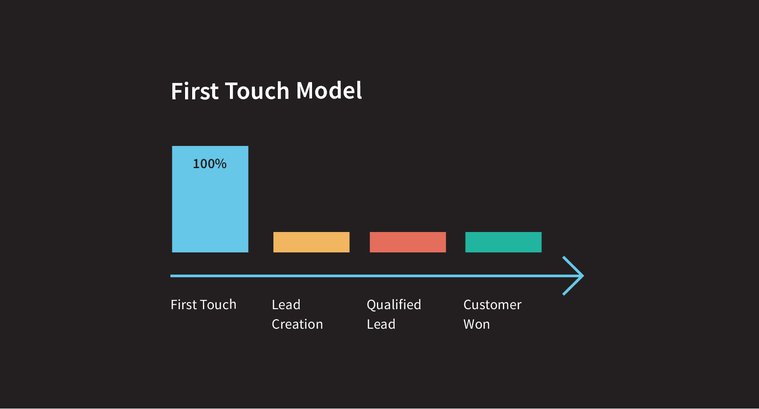
Customer Engagement Metrics
Engagement metrics measure how users interact with your messaging across channels. These cover a range of measurements including click-through rates, bounce rates, and time spent on page among others.
- Click-Through Rates (CTR) and Bounce Rates: CTRs track the number of clicks your campaign messages receive whereas bounce rates record how quickly customers exit after landing on your page. High CTRs teamed with low bounce rates frequently suggest successful engagement strategies.
- Time spent on page: A high engagement score and a high time spent on page score suggest the content is relevant and absorbing, encouraging more conversions.
Customer Retention Metrics
Retention metrics gauge consumer loyalty and the success of your campaigns in maintaining customer relationships. Enhancing customer retention can significantly boost profitability as acquiring a new customer can be five times costlier than retaining an existing one.
- Customer Churn Rate: Identifies how many customers stop doing business with a company over a specific time frame. A lower churn rate indicates a higher level of customer satisfaction and campaign effectiveness. Churn Rates can serve as an early warning signal to optimize marketing strategies and customer service.
- Net Promotor Score (NPS): This is the likelihood that a customer would recommend your product or service to a friend or family member. It not only indicates retention but also satisfaction and loyalty.
Each of these metrics provides valuable insights into the success of your cross-channel marketing initiatives. They help marketers understand what works, what doesn’t and where there might be room for improvement. Allowing for a strategic, data-driven approach to cross-channel marketing.

Future of Cross-Channel Marketing
The landscape for Cross-Channel Marketing continues to evolve. Trends like advanced data collection, machine learning and AI, personalized automated outreach, and tighter privacy regulations are expected to shape the future of this domain.
Other future trends in Cross-Channel Marketing include:
- Rise of voice search and smart speakers
- Increased use of immersive technologies like AR and VR
- Growing importance of social commerce
- Expansion of interactive content
- Integration of offline and online channels will deepen, enhancing omnichannel experiences
Brands will need to focus on creating seamless, engaging customer journeys across all platforms to stay competitive. As a brand, staying agile and continually adapting to these changing trends is crucial for sustained success.
Seizing the Cross-Channel Marketing Advantage
Cross-channel marketing is not just another fleeting trend; it’s a proven strategy enhancing visibility, personalization, and customer loyalty. Leveraging your brand across various platforms can set you miles apart from your competitors.
Remember, the essence is understanding your buyer personas, getting your message consistently across channels, analyzing the results, and continuously optimizing.
It’s time to reassess your marketing tactics. Are they multi-pronged, customer-focused, and data-driven? Put the advice in this article into practice and see how far it takes your business.
Here’s a thought – how does your current marketing strategy align with the cross-channel approach? Have you started to see its benefits yet?
Finally, if your competitors aren’t in the cross-channel game yet, well, that’s just more market share waiting for you to claim.
The Ball is in Your Court, Take the First Strike.

